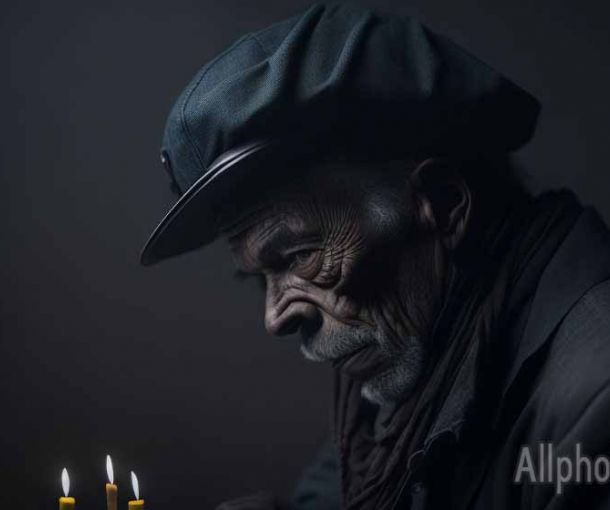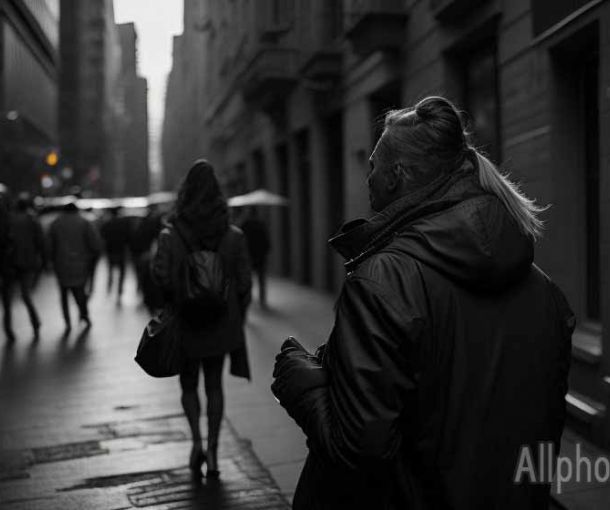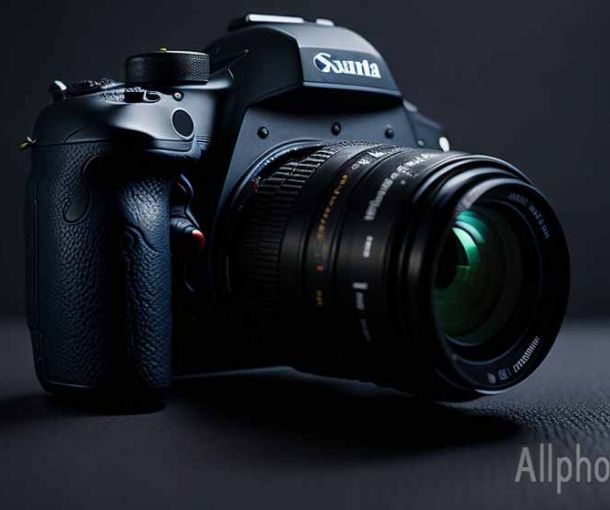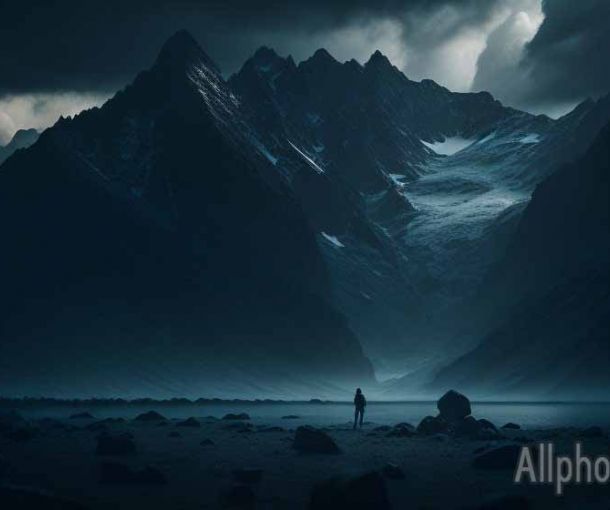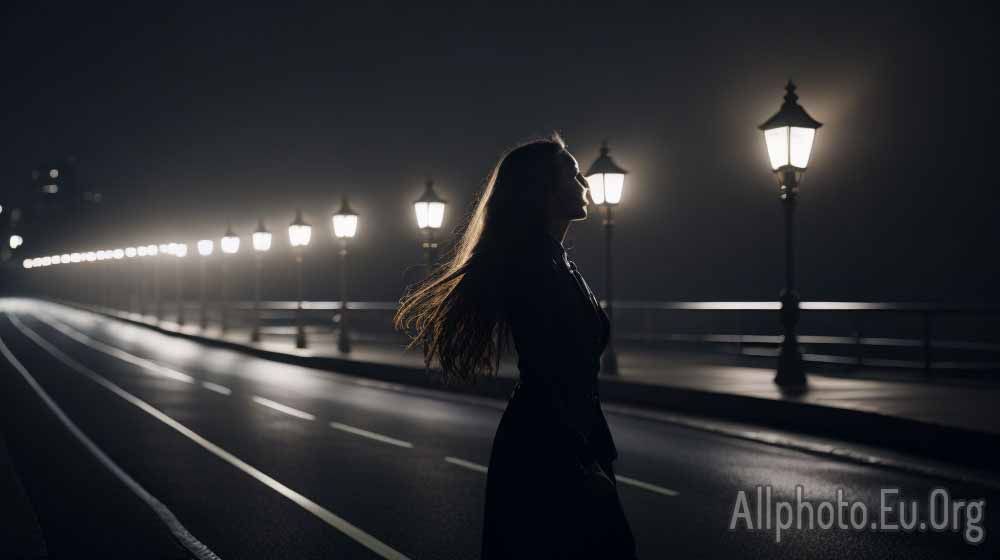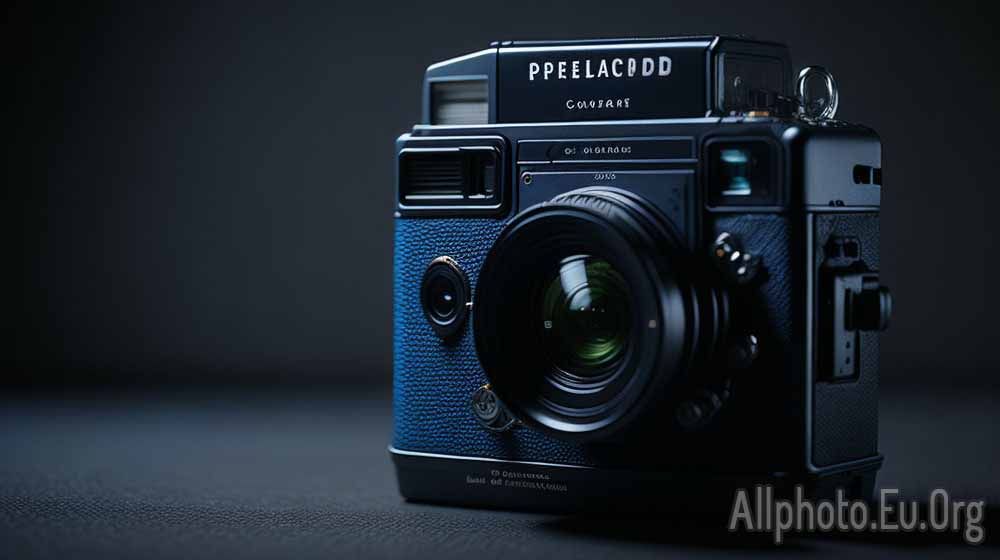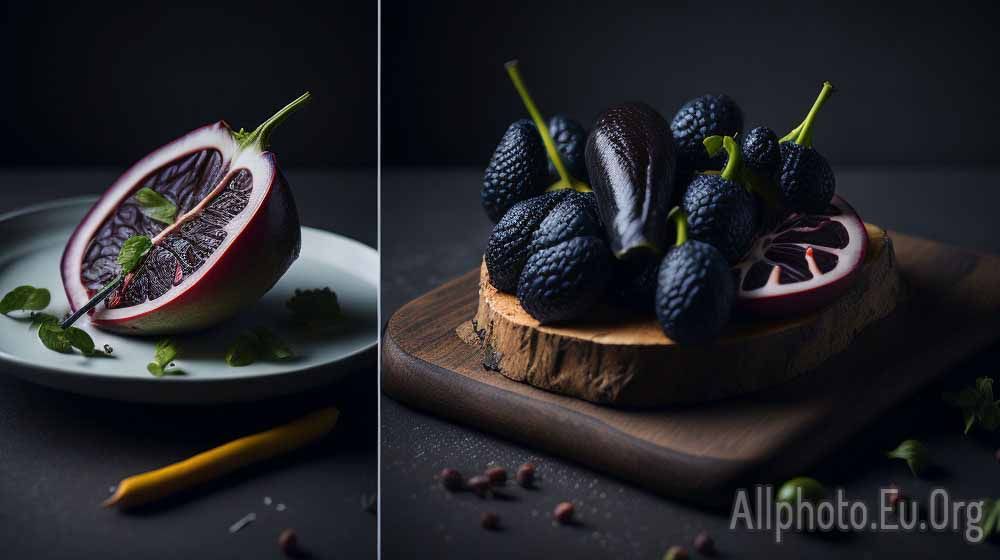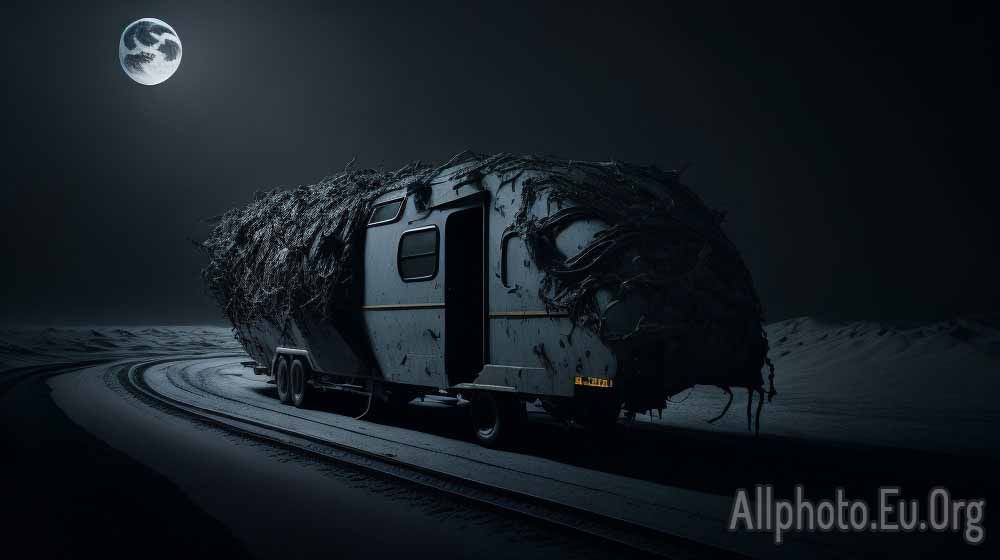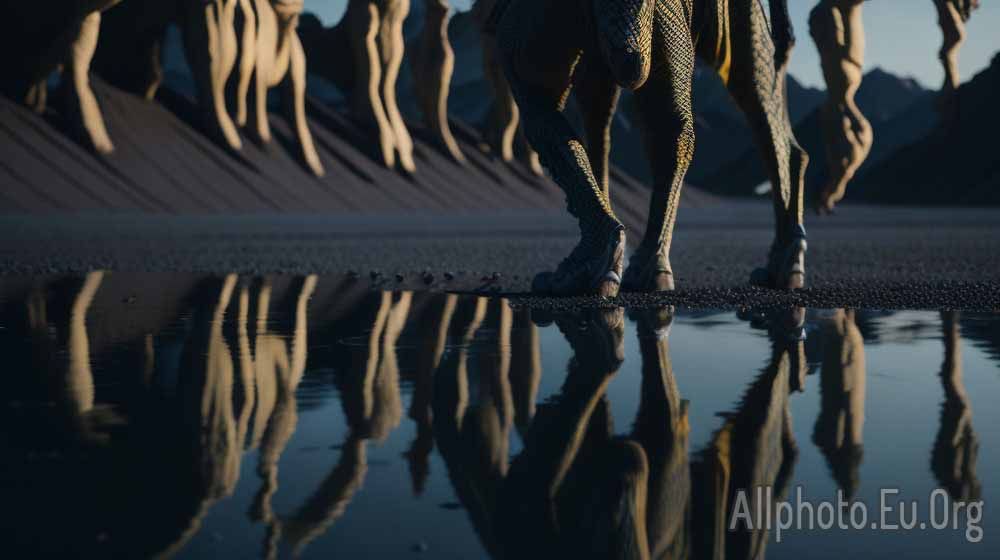The Art of Capturing Texture in Close-Up Photography: Creating a Sense of Touch
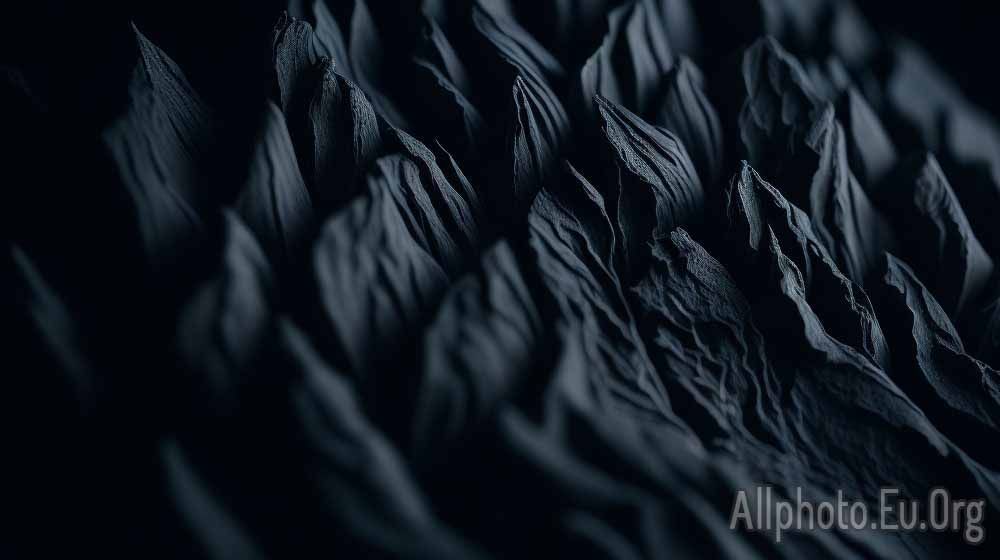
Close-up photography is a genre that allows you to capture the intricate details of your subject in a unique and artistic way. Whether you're photographing a flower, a piece of jewelry, or a person's face, the key to creating captivating images lies in your ability to capture texture. Texture is the visual and tactile quality of a surface, and it can add depth and dimensionality to your photos, creating a sense of touch. In this article, we'll explore the art of capturing texture in close-up photography and how to create a sense of touch in your images.
Choose the Right Lens
The first step in capturing texture is choosing the right lens. Macro lenses are specifically designed for close-up photography and allow you to focus on your subject from a very close distance. These lenses typically have a high magnification ratio, which means that you can capture the tiniest details of your subject. However, not everyone has access to a macro lens. If you don't have one, you can still achieve close-up shots by using extension tubes or close-up filters. These accessories attach to your lens and allow you to focus closer to your subject.
Find Interesting Textures
The next step is to find interesting textures to capture. Look for surfaces that have unique patterns, lines, and shapes. For example, you might find the texture of a tree bark, a flower petal, or a pebble interesting. Experiment with different textures and see what works best for your subject.
Pay Attention to Lighting
Lighting plays a crucial role in capturing texture. Side lighting can help to bring out the texture of your subject and create depth in your images. Soft lighting can also work well, as it can help to create a gentle and delicate texture. Avoid harsh lighting, as it can create shadows that can obscure the texture of your subject.
Create Depth of Field
Depth of field refers to the area of your image that is in focus. In close-up photography, a shallow depth of field can help to create a sense of depth and dimensionality in your images. To achieve this effect, use a wide aperture (low f-number) to create a narrow depth of field. This will blur the background and bring your subject into sharp focus.
Focus on Details
When capturing texture, it's important to focus on the details. Use manual focus to ensure that the area you want to be in focus is sharp. Pay attention to the smallest details, such as the edges of a petal or the texture of a strand of hair. This will help to create a sense of depth and dimensionality in your images.
Experiment with Composition
Composition is another important element in capturing texture. Experiment with different angles and perspectives to find the most interesting composition for your subject. Try shooting from above, below, or at eye level to see what works best. Use the rule of thirds to create balance and harmony in your images.
Post-Processing
Post-processing is the final step in capturing texture. Use editing software to enhance the texture of your images. Adjust the contrast, saturation, and brightness to bring out the details of your subject. You can also add a bit of sharpening to create a more defined texture.
Conclusion
Capturing texture in close-up photography can add depth and dimensionality to your images. By choosing the right lens, finding interesting textures, paying attention to lighting, creating depth of field, focusing on details, experimenting with composition, and post-processing your images, you can create a sense of touch in your photos. Remember, the key to capturing texture is to pay attention to the smallest details and experiment with different techniques to find what works best for your subject. With practice, you'll soon be capturing texture like a pro.
To further enhance the texture in your close-up photos, you can also experiment with different editing techniques. For example, you can use a texture overlay to add a subtle texture to your image or use a black and white conversion to emphasize the texture of your subject. The possibilities are endless, and the key is to experiment and find what works best for your style and your subject.
In conclusion, capturing texture in close-up photography is a challenging but rewarding endeavor. By paying attention to the smallest details, experimenting with different techniques, and using the right tools and equipment, you can create stunning images that evoke a sense of touch and dimensionality. Whether you're photographing nature, people, or still life, texture is an essential element that can add depth and interest to your photos. So go ahead and start exploring the art of capturing texture in close-up photography – you'll be amazed at the results you can achieve.
In addition to exploring the art of capturing texture in close-up photography, don't forget to also have fun and experiment with different techniques and compositions. With practice, you can develop your own unique style and capture breathtaking images that showcase the beauty of texture. So grab your camera, lens, and accessories, and start exploring the world of close-up photography.
Tags
Latest Articles
Most Read
All Tags
Subscribe
Donate
Please consider supporting our efforts.
© 2023 All-Photo.Cf All rights reserved.
